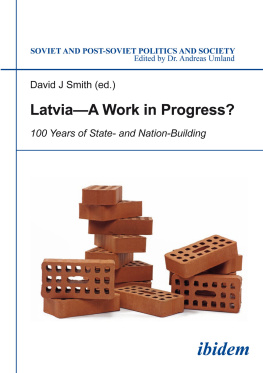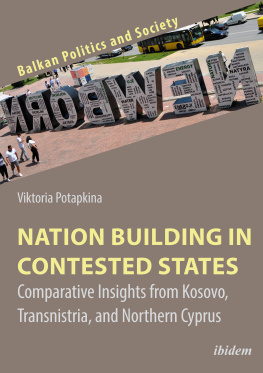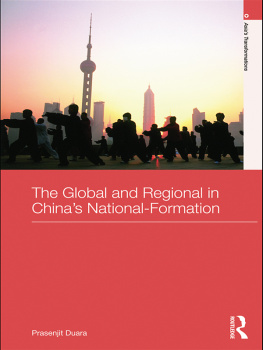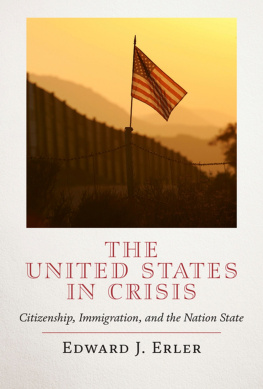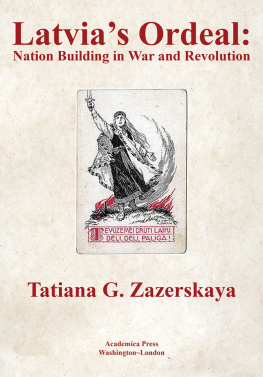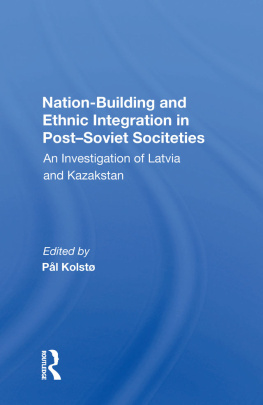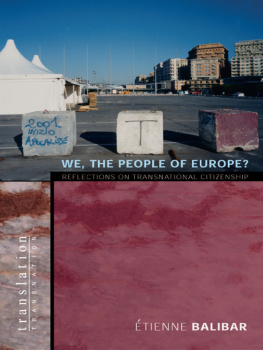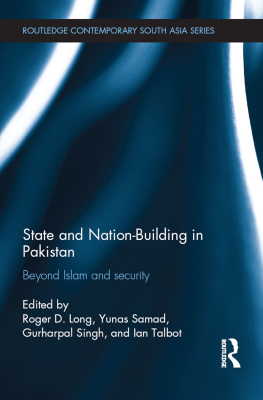State, Nation and Sovereignty in a Century of Uncertainty and Change: Turning Points and Continuities in Latvian Society and Polity
David J Smith, University of Glasgow
In a world where memorialisation of the past is increasingly ubiquitous, the period 20132016 in Latvia was replete with significant anniversaries. In May 2014, the country could take stock of 10 years as a member of the European Union (EU) and NATO, having just joined the Eurozone while looking ahead to assuming the EU Presidency at the start of 2015. The same period also marked 25 years since the set of events that began with the establishment of the Popular Front of Latvia (1988) and led to a newly-elected parliament declaring (on 4 May 1990) an end to Soviet rule and the start of a transitional period to independence, finally confirmed 16 months later following the final collapse of central Soviet authority in Moscow.
Legally speaking, at least, the Latvia that emerged in August 1991 was not a new state, for it was proclaimed and internationally recognised on the basis of unbroken continuity of the Republic of Latvia declared in November 1918. Seen from this perspective, Latvia celebrated the 90 th anniversary of its independence in 2008, and will soon be marking its centenary. [1] In the meantime, the current wave of commemorations surrounding World War I is giving cause for fresh reflection on the events that swept away the pre-existing political, social and economic order of the Baltic P rovinces andin the space of only four yearstransformed nascent calls for Latvian national autonomy into demands (actualised in November 1918 and internationally confirmed over the following four years) for a Latvian nation-state.
The experience of the ensuing two decades of sovereign statehood is, however, still overshadowed in official narratives by the events of 19391945. In this respect, the period since 2013 has seen a further set of anniversaries connected with (to paraphrase Aldis Purs in his contribution to the current volume) Latvias loss of agency as a state. Thus, 23 August 2014 marked 75 years since the signature of the Molotov-Ribbentrop Pact, which consigned Latvia to a Soviet sphere of influence and paved the way for military occupation and forcible incorporation into the USSR. With this, the country and its inhabitants were drawn into what Timothy Snyder has famously termed the Bloodlands of Central and Eastern Europe. [2] The transformation ( de facto if not de jure ) of the Latvian Republic into the Latvian Soviet Socialist Republic under Stalinist auspices was accompanied by arrests, executions and mass deportations during 19401941. This was followed by three years of Nazi German occupation, which saw the systematic killing of almost the entire Jewish population. In todays Latvia, the subsequent expulsion of the German forces by the Soviet Army and the end of World War II is officially remembered not as liberation, but as the replacement of one occupying regime by another: independent statehood was not restored, and the resumption of Soviet rule (preceded during 19441945 by a large-scale exodus of Latvians to the West) brought a further wave of arrests and deportations, as well as several years of bitter partisan warfare in the Latvian countryside. The official version of events is, however, still widely questioned amongst the large population of Soviet settlers and their descendants which was established in Latvia during the post-war decades, in a wave of migration that radically transformed the ethno-demographic make-up of the territory.
The cluster of significant anniversaries outlined above provided the original inspiration for this collection of articles reflecting on the historical processes that have shaped present-day Latvia and which continue to inform its development as the country looks ahead to 2018 and the 100th anniversary of the original Declaration of Independence. As Geoffrey Pridham notes in his contribution to this volume, on 21 March 2013 Latvia recorded the 7,884th day since the restoration of its independence in 1991one day more than the duration of the first period of sovereign statehood from 18 November 1918 to 17 June 1940. Entry to NATO and the EU in 2004 was widely portrayed in official discourse (both Latvian and European) as setting the seal on the reconstruction of a liberal democratic and market-oriented nation-state, by having drawn a line under the events of World War II and its aftermath and returned Latvia to the state of European normality it had attained during 19181940. However, a quarter of a century on from the restoration of independence, processes of state and nation-building in Latvia are still ongoing. Issues such as citizenship, language policy, minority rights, legitimacy of democratic institutions, economic stability and security all remain the object of public discussion, as does public commemoration of events in Latvias past. The current situation reflects in turn longer-standing debates over the course of the past century concerning the relationship between state, nation and sovereignty in the context of Latvian society and polity. By examining different aspects of this relationship this book seeks to reveal both key turning points and continuities in its development and thereby help to inform current debates.
The collection incorporates contributions by established and early career scholars drawn from a range of countries and disciplines, who first came together at a workshop held in Uppsala in December 2013. [3] It addresses the key questions outlined above, whilst also focusing on some hitherto largely unexplored aspects and dimensions of state and nation-building over the past 100 years.
In the opening contribution to the volume, Andrejs Plakans illustrates how the constant upheavals during the past century have made it difficult to craft the kind of coherent master narrative of the past that is generally seen as a crucial component of the modern national state. Reflecting on the independence proclamation of 18 November 1918, Plakans argues that the circumstances in which it was adopted and the state of uncertainty and flux which surrounded it make the event difficult to situate within a linear narrative painting independence as the preordained endpoint of the 19 th -century National Awakening. While the vision set out by the state founders did ultimately provide a platform for victory over the Bolsheviks and the attainment of international recognition, 18 November in itself was not a transfigurative moment but the start of a transfigurative process marking the start of a relatively slow diffusion of the idea of a Latvian state. In this sense, Plakans argues, the Republic of Latvia remained a work in progress well into the 1920s even though it had already acquired a de jure existence.
The first and most essential step in any modern state-building process is to define the demos (or demoi ) which constitutes the basis of the political community. [4] While the founding Declaration of 1918 referred to sovereignty within united ethnographic boundaries, fully one quarter of the inhabitants of the new state were non-Latvian by ethnicity. As Marina Germane demonstrates in the first contribution dealing with interwar Latvia, the need to accommodate the ethnic diversity of the local population had been acknowledged already prior to World War I, in the treatises on Latvian nationhood published by Marers Skujenieks and Mielis Valters in 1913 and 1914 respectively. A civic understanding of nationhood was carried over into the early post-independence period, contributing to a 1922 constitution adopted in the name of a political nation of Latvia as well as to broad rights of cultural self-government offered to national minorities as part of an ambitious (and by the European standards of the day largely unique) experiment in pluralist democracy.

